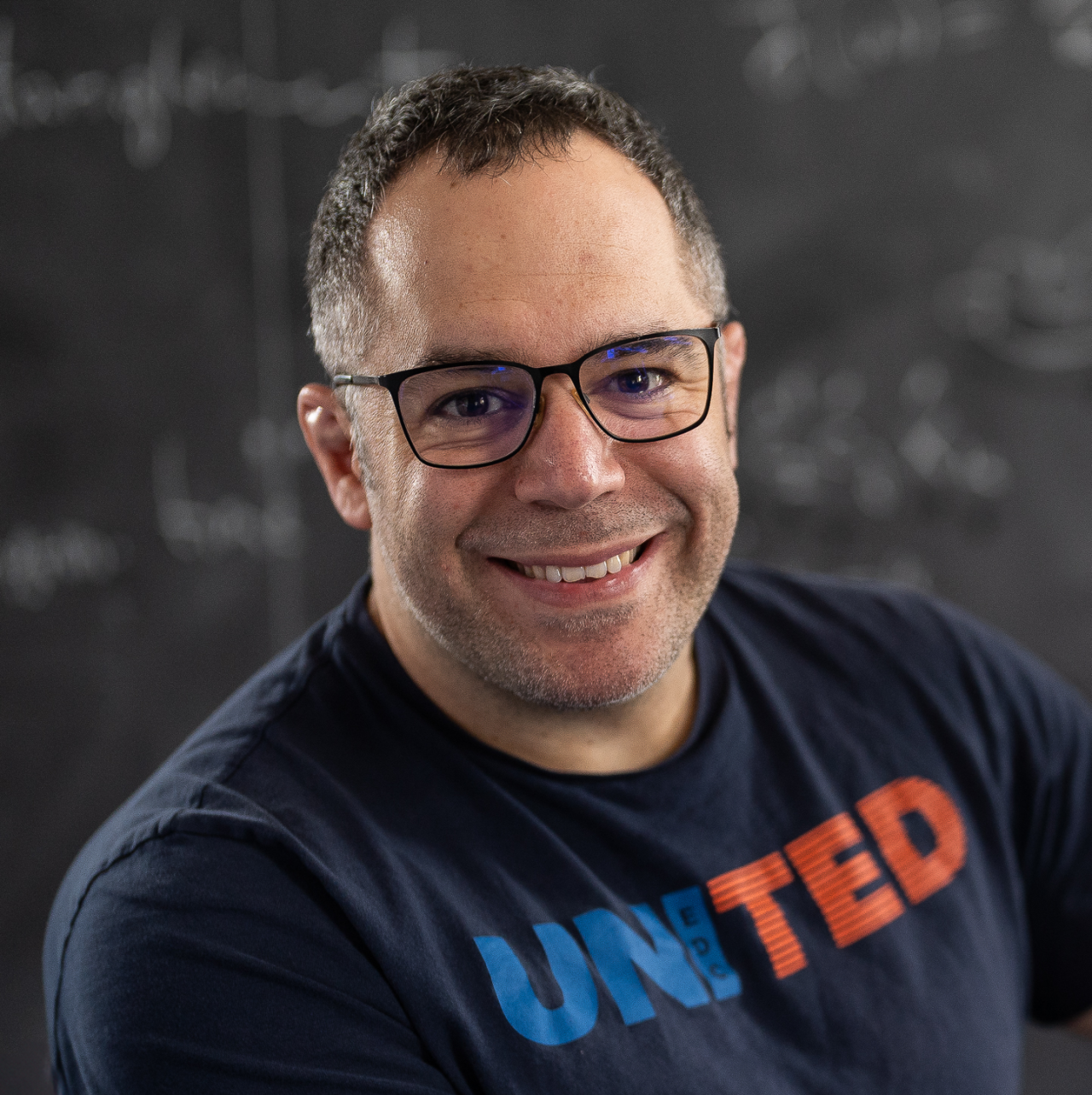Jad C. Halimeh - Ludwig-Maximilians-Universität
1. Briefly describe your current position/project, research focus, and your role within MCQST.
I am an Emmy Noether Research Group leader at LMU, where my research is comprised of two main pillars: (i) a technological one concerned with theoretical proposals for experimentally feasible quantum simulators of gauge theories, and (ii) a phenomenological pillar focused on probing and understanding the far-from-equilibrium dynamics of gauge theories. The goal of this research is to facilitate the investigation of high-energy and many-body physics on tunable tabletop quantum simulators, with the hope that they will allow us to gain deep insights into the nonperturbative far-from-equilibrium dynamics of gauge theories beyond what classical methods can provide.
My research group is hosted by the Chair Schollwöck at the Arnold Sommerfeld Center for Theoretical Physics, which is a world-leading place in numerical methods for quantum many-body physics. This is very advantageous as our research involves a significant amount of tensor network simulations in addition to other numerical methods.
I am also a core member of MCQST RU-B, RU-C, and RU-G, which gives rise to great collaborations within this community. For example, our group has a strong connection to the activities of Monika Aidelsburger (Max Planck Institute of Quantum Optics), with whom we are working on experimentally realizing our theoretical proposals.

2. What inspired you to pursue a career in science / in your discipline?
For as long as I remember, I have always been drawn to science. As with most children, my first interests were in space and rockets, and then in astronomy and black holes when I became a teenager. I thoroughly enjoyed math and physics at school, and so it was natural for me to pursue a scientific career. I chose my current discipline because quantum many-body physics is a fascinatingly rich research area with strong and natural connections to a myriad of other fields such as high-energy physics, quantum gravity, and quantum information. In particular, I am really passionate about the quantum simulation of high-energy physics, and I believe that it will be a game changer. On the one hand, quantum simulators can naturally handle entanglement buildup, which is what classical machines fundamentally struggle with. On the other hand, high-energy physics provides a plethora of nonperturbative far-from-equilibrium many-body processes that can offer a realistic test of quantum advantage in these quantum simulators.
I thoroughly enjoyed math and physics at school, and so it was natural for me to pursue a scientific career. I chose my current discipline because quantum many-body physics is a fascinatingly rich research area with strong and natural connections to a myriad of other fields such as high-energy physics, quantum gravity, and quantum information.
3. What does a typical work day look like for you?
A typical working day involves meetings with collaborators on ongoing projects, performing numerical experiments and analytic derivations to test my ideas, reading the latest literature in my fields of interest, and preparing my own manuscripts.